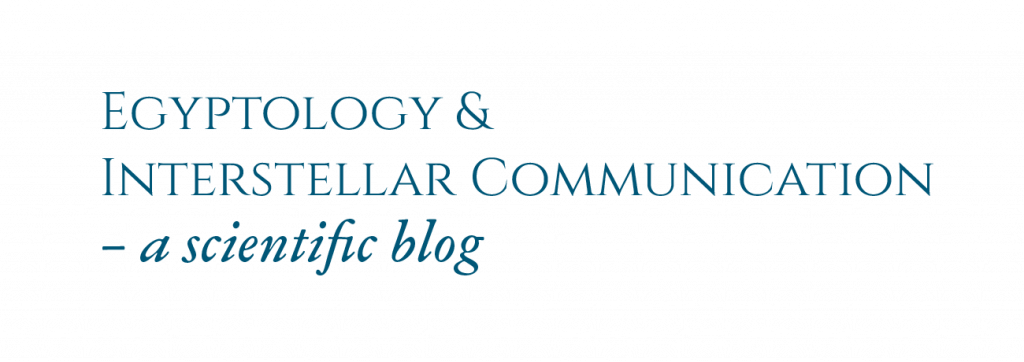The Metasemiotic Approach and its Challenges in Interstellar Communications Research, Part 2
Today I revisit the exciting article by Richard Saint-Gelais, Beyond Linear B – The Metasemiotic Challenge of Communication with Extraterrestrial Intelligence, in: Vakoch, Douglas A., Archaeology, Anthropology and Interstellar Communication, NASA History Series NASA SP-2013-4413, pp. 79-94.
(Download the book here: https://www.nasa.gov/sites/default/files/files/Archaeology_Anthropology_and_Interstellar_Communication_TAGGED.pdf)
A Complex Subject
This article is complex, but very informative. Today I turn to the second part of this somewhat longer essay. In my last study session I remarked that the author forgot that not only the symbol or icon needs a context, but also the message as such. He has indeed grasped this as well now. He clearly points out that everything must be included in the decoding of a potential message: The symbol, the context of the symbol, the sender and the receiver. And he additionally emphasizes, with reference to the research of Douglas Vakoch, that it would be most effective if a variety of universal signals/messages, in a repeated manner and in many variations, would promise the greatest success. Because only if we would offer several options to the extraterrestrial receiver, the chance would be much higher that he would understand at least one of them. A “universal symbol” means in this context a sign, which is just not bound to a specific context.
human preconceptions
Basically, Saint-Gelais challenges existing research approaches by putting human preconceptions under the microscope. For example, on page 89 he says, “Our convention of drawing and painting on rectangles may not be universal as we think.” And that, in my view, is exactly the right approach: everything we think we know about communication patterns needs to be constantly questioned by us. Because it is far too easy for preconceptions to sneak in that apply very specifically to us as a human species, but are not necessarily universal at all.
BUT: At the same time, the author perpetuates the human preconception that sending and receiving messages to and from an alien species must be complicated. The whole article thus leaves a pessimistic impression. And it is of course true: From the point of view of a strictly empirically driven science, a prognosis on the “success” of future interstellar communication is limited by existing experience. The deciphering of the hieroglyphs had been an extreme effort, and according to many researchers, only due to the lucky “coincidence” that a stela had been found, and some texts could be derived from the ancient Greek.
The comparison with the ancient sciences and in particular archaeology as well as ancient philology, which explicitly deals with the decoding of ancient languages that are no longer actively spoken, is only logical. However, as an Egyptologist, I see a much greater potential for interstellar, interspecies communication that is quite optimistic. Let’s take, for example, the countless images that the ancient Egyptians have left us. At first, these were simple and exclusively symbols. Only later did a complex written language develop, which we find as inscriptions on objects – alongside the pictures. It is true that only with decipherment of the language we could explore a deeper meaning of the corresponding archaeological artefacts. But isn’t it also said that “a picture is worth a thousand words”?
Keep it simple
I therefore pose the following question: what if we don’t need complex messages at all? In many writings on this subject, for example, there is often an attempt to represent the human body symbolically – with a head, a body, two arms and two legs. But what if this information is not relevant at all? Perhaps we behave like the little girl who has lost a baby tooth for the first time and now proudly shows everyone the gap between her teeth. In her still quite limited perception of the world, this is an important piece of information. But what if we are not as interesting to a far more advanced civilization as we think?
I like to use the comparison with an anthill. This is, as we know today, a complex, social structure, which, however, is only studied by a few specialized scientists. The vast rest of humanity sees in an anthill only an anthill – for the garden owner at best an annoyance, for the average person irrelevant. So who are we trying to impress?


